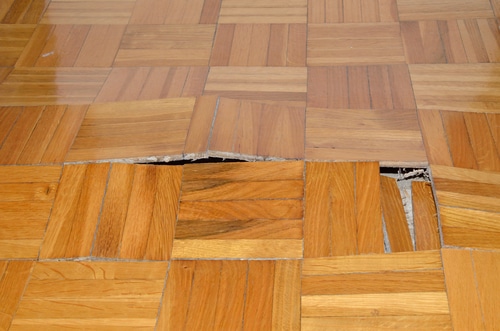This post listed below in relation to Top leak detection hacks is fairly interesting. You should investigate for yourself.

Early detection of leaking water lines can reduce a possible calamity. Aside from saving you money, it will reduce the stress and also aggravation. The moment you discover a leakage, calling your plumber for repairs is the best remedy. Some little water leaks might not be visible. Here are some hacks that assist if you can not discover it with your nude eyes.
1. Take A Look At the Water Meter
Every residence has a water meter. Checking it is a surefire way that helps you find leaks. For starters, shut off all the water sources. Guarantee nobody will purge, use the faucet, shower, run the washing maker or dishwasher. From there, most likely to the meter and also watch if it will certainly change. Because nobody is using it, there ought to be no movements. If it moves, that shows a fast-moving leakage. If you detect no adjustments, wait an hour or 2 and inspect back again. This implies you might have a slow leakage that can also be below ground.
2. Inspect Water Intake
Examine your water expenses as well as track your water intake. As the one paying it, you need to see if there are any discrepancies. If you identify sudden changes, in spite of your intake being the same, it indicates that you have leaks in your plumbing system. Keep in mind, your water bill must drop under the same variety each month. A sudden spike in your bill suggests a fast-moving leakage.
A consistent increase every month, even with the same practices, reveals you have a slow-moving leakage that's also slowly escalating. Call a plumber to thoroughly examine your residential or commercial property, especially if you really feel a warm area on your flooring with piping below.
3. Do a Food Coloring Examination
When it comes to water usage, 30% comes from bathrooms. If the color somehow infiltrates your dish during that time without flushing, there's a leak in between the storage tank and also dish.
4. Asses Outside Lines
Do not fail to remember to inspect your outdoor water lines too. Test faucets by affixing a garden hose pipe. Must water permeate out of the link, you have a loosened rubber gasket. Replace this and also ensure all connections are tight. If you've got a sprinkler system, it will help get it skillfully checked out and maintained every year. One tiny leak can waste lots of water and spike your water expense.
5. Assess the scenario as well as evaluate
House owners ought to make it a habit to inspect under the sink counters and also inside closets for any kind of bad odor or mold and mildew development. These two warnings indicate a leakage so punctual focus is required. Doing routine evaluations, also bi-annually, can conserve you from a significant issue.
If you understand your residence is currently old, keep a watchful eye on your heating systems, tubes, pipelines and so on. Look for stainings as well as deteriorating as the majority of devices as well as pipes have a life span. They will also naturally deteriorate as a result of tear and also use. Do not wait for it to intensify if you suspect dripping water lines in your plumbing system. Call a specialist plumber immediately so you don't end up with a terrible mess in your house.
Early discovery of dripping water lines can minimize a prospective catastrophe. Some small water leakages might not be visible. Examining it is a surefire means that aids you uncover leaks. One small leakage can waste tons of water as well as surge your water expense.
If you think dripping water lines in your plumbing system, do not wait for it to rise.
WARNING SIGNS OF WATER LEAKAGE BEHIND THE WALL
PERSISTENT MUSTY ODORS
As water slowly drips from a leaky pipe inside the wall, flooring and sheetrock stay damp and develop an odor similar to wet cardboard. It generates a musty smell that can help you find hidden leaks.
MOLD IN UNUSUAL AREAS
Mold usually grows in wet areas like kitchens, baths and laundry rooms. If you spot the stuff on walls or baseboards in other rooms of the house, it’s a good indicator of undetected water leaks.
STAINS THAT GROW
When mold thrives around a leaky pipe, it sometimes takes hold on the inside surface of the affected wall. A growing stain on otherwise clean sheetrock is often your sign of a hidden plumbing problem.
PEELING OR BUBBLING WALLPAPER / PAINT
This clue is easy to miss in rooms that don’t get much use. When you see wallpaper separating along seams or paint bubbling or flaking off the wall, blame sheetrock that stays wet because of an undetected leak.
BUCKLED CEILINGS AND STAINED FLOORS
If ceilings or floors in bathrooms, kitchens or laundry areas develop structural problems, don’t rule out constant damp inside the walls. Wet sheetrock can affect adjacent framing, flooring and ceilings.
https://www.servicemasterbyzaba.com/blog/how-to-detect-water-leakage-in-walls/

I ran across that piece of writing about Detecting hidden plumbing leaks when scouting around the search engines. Make sure you set aside a second to share this blog if you enjoyed reading it. Thanks a bunch for your time. Come back soon.